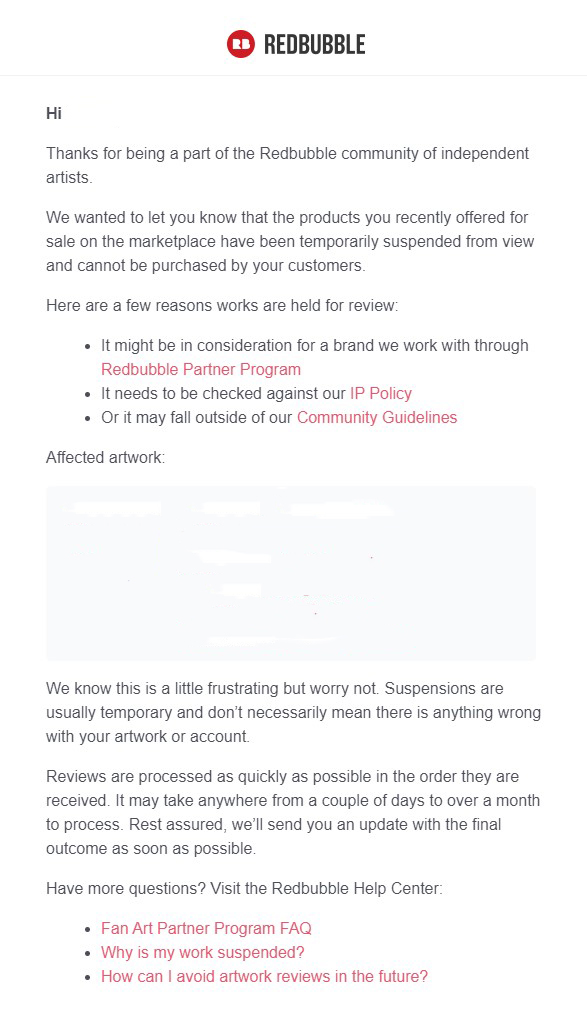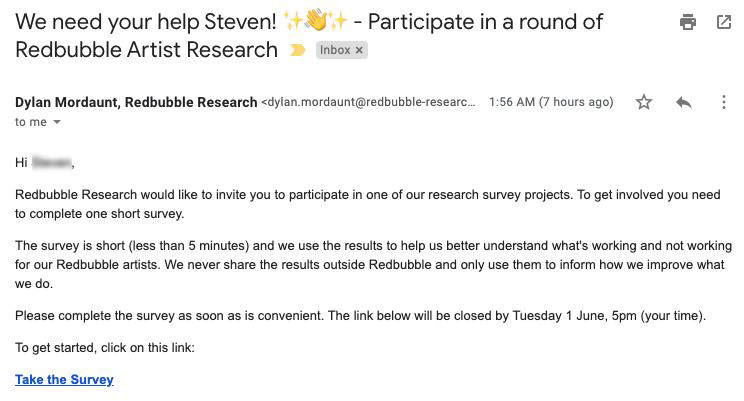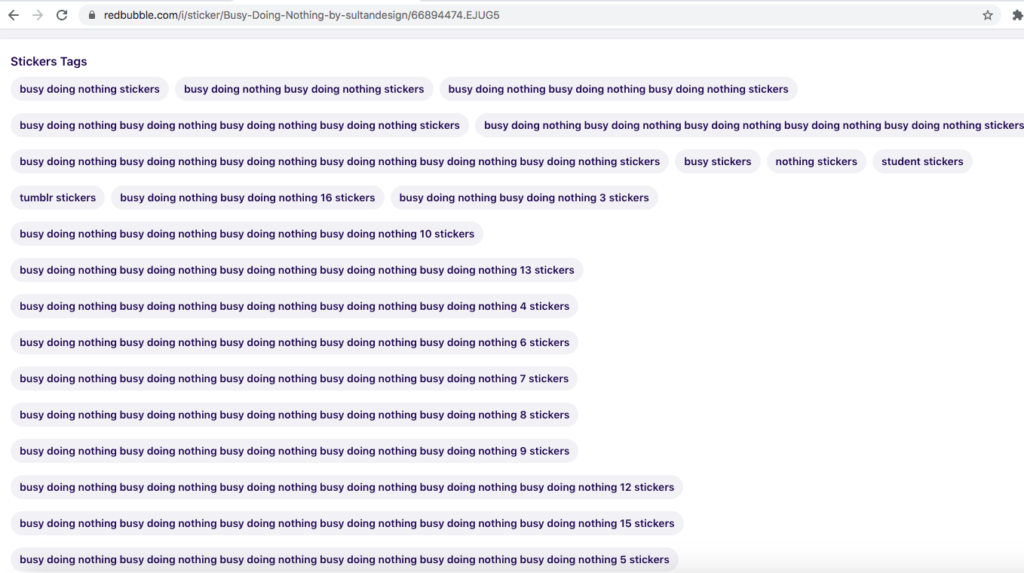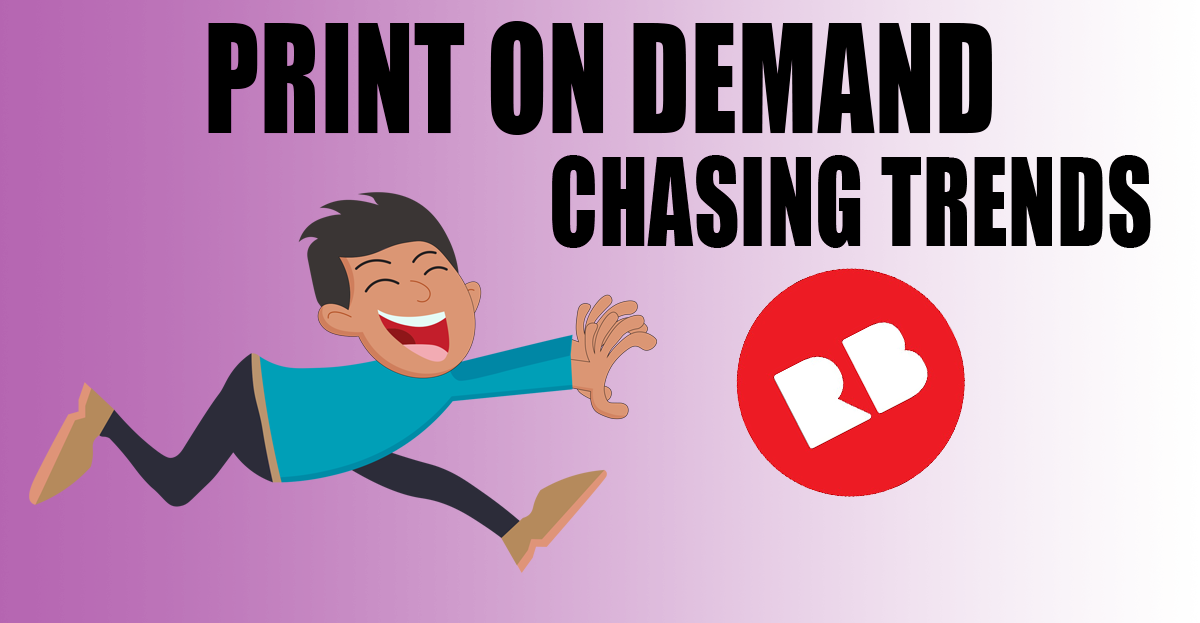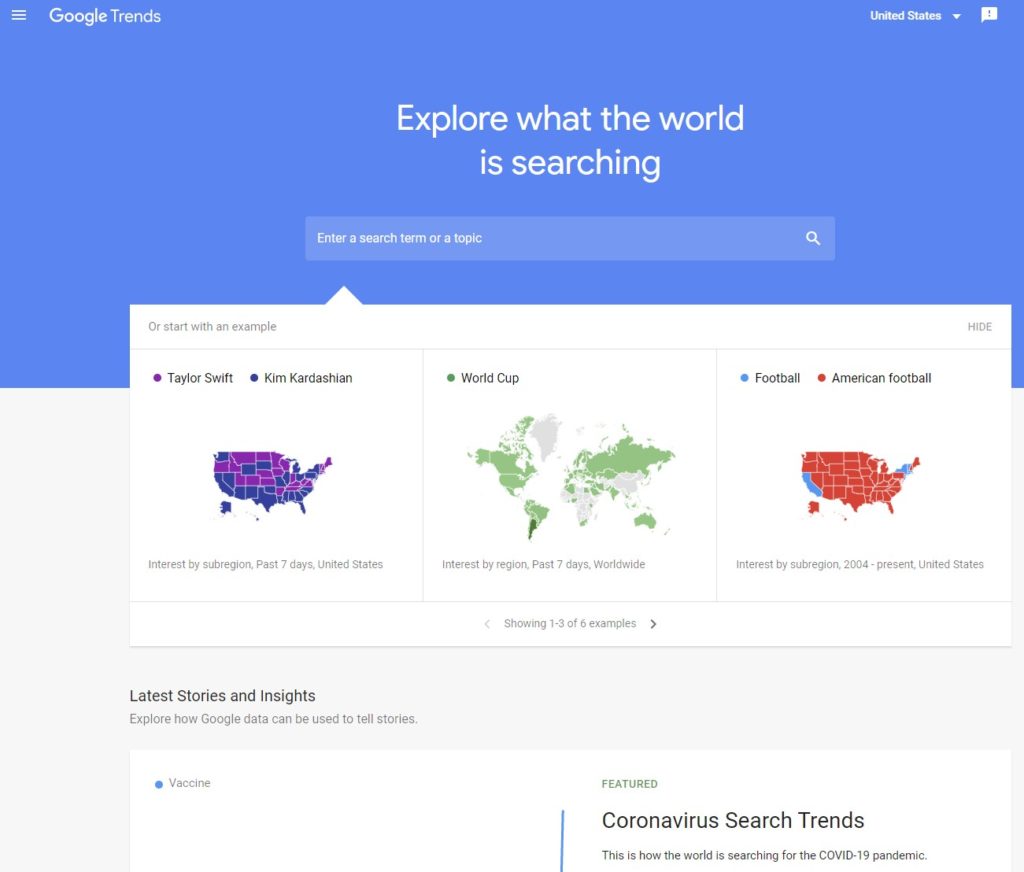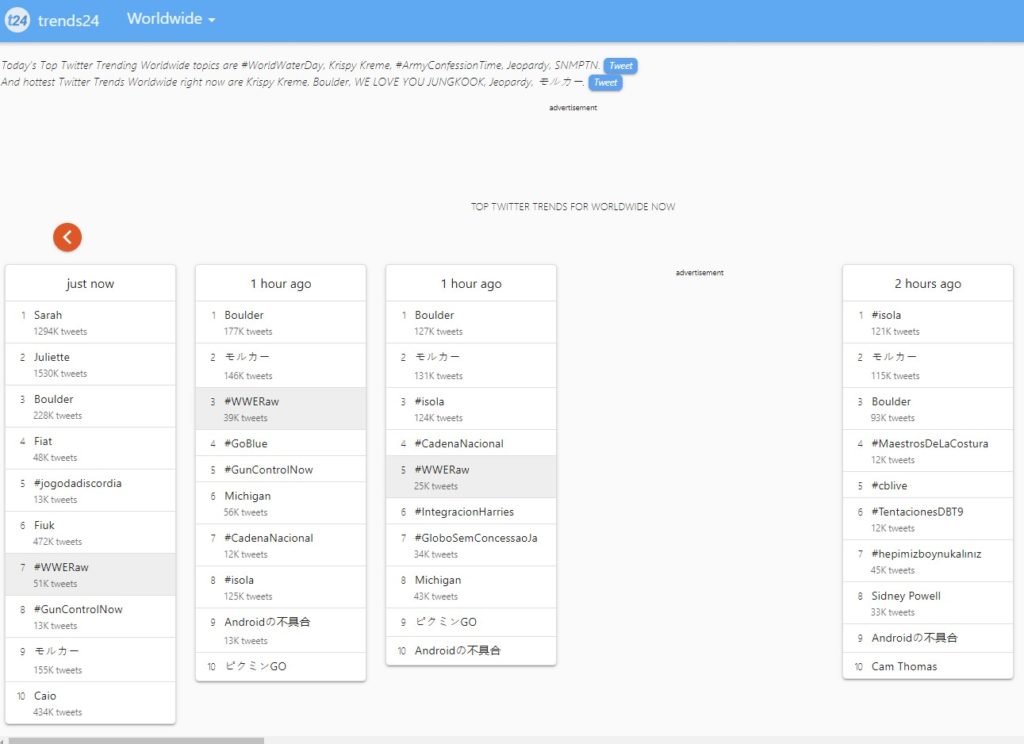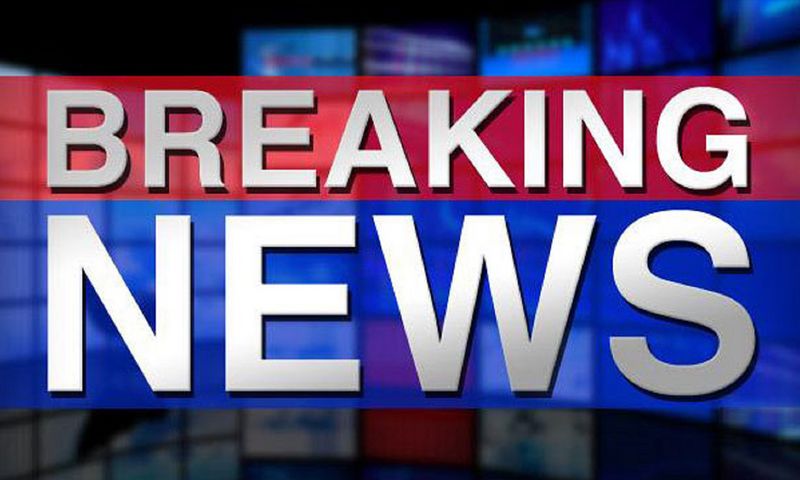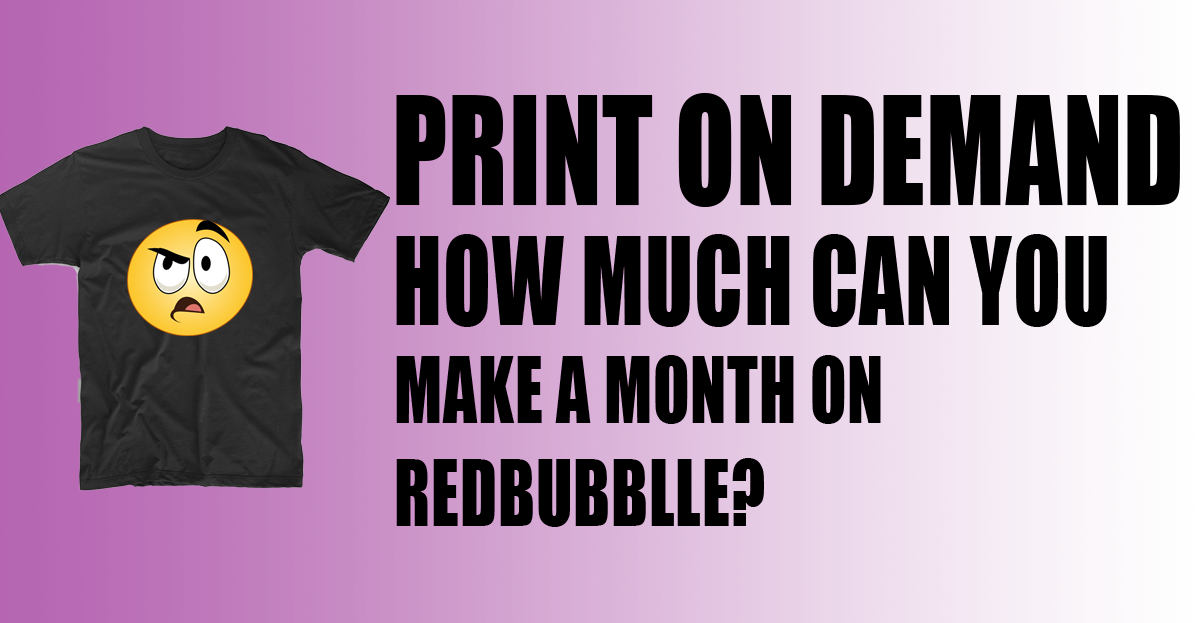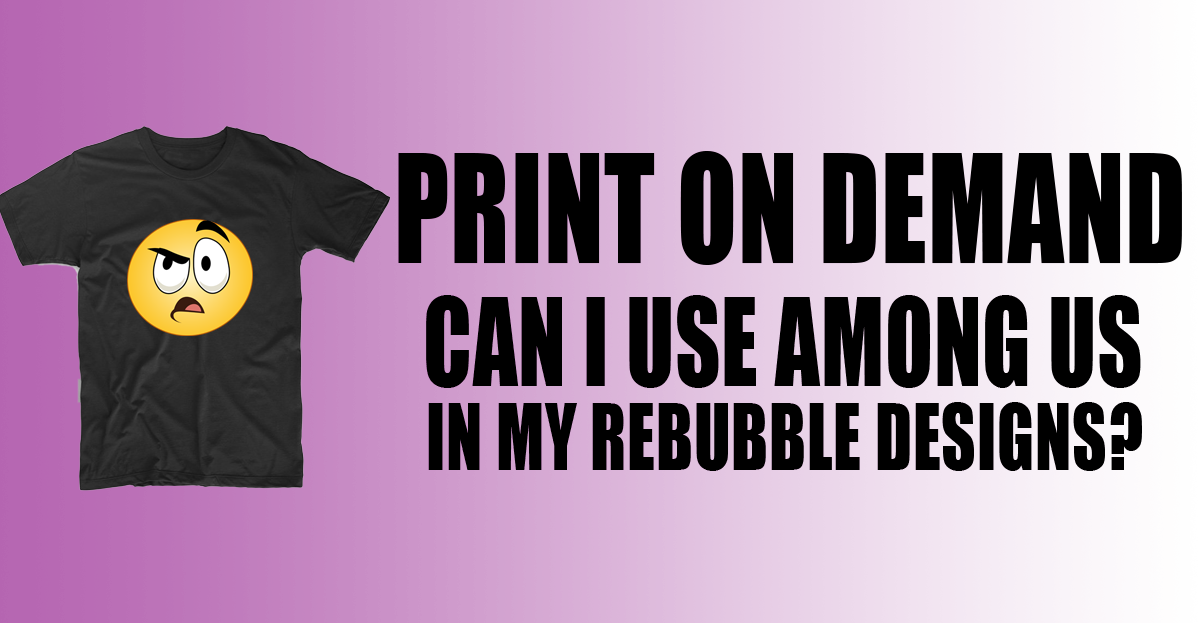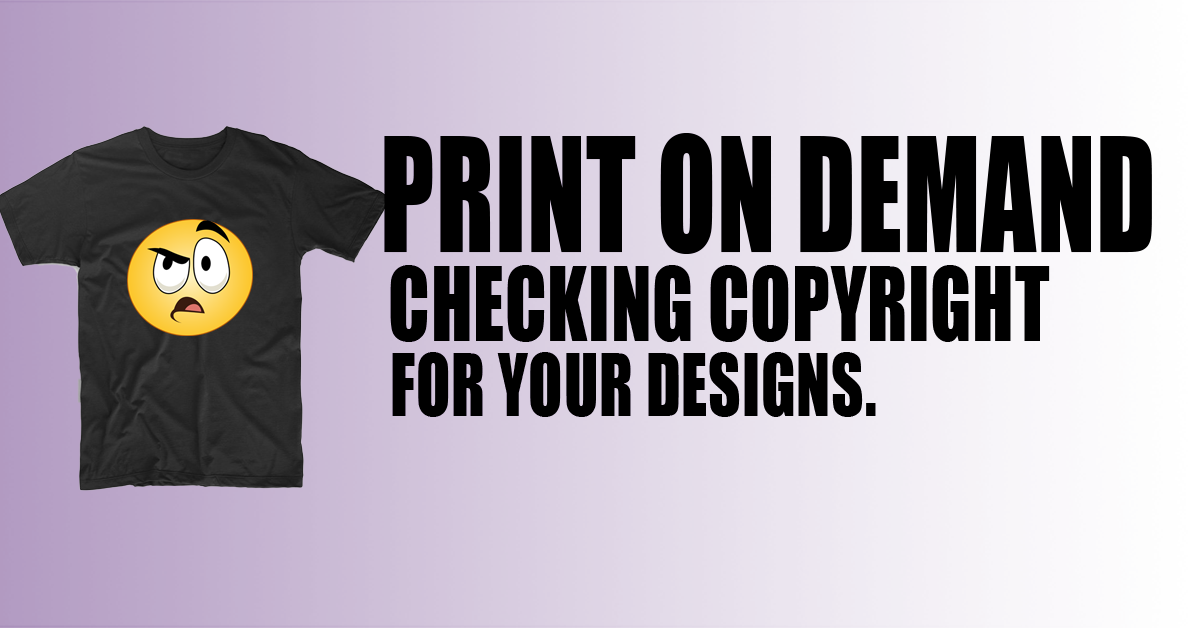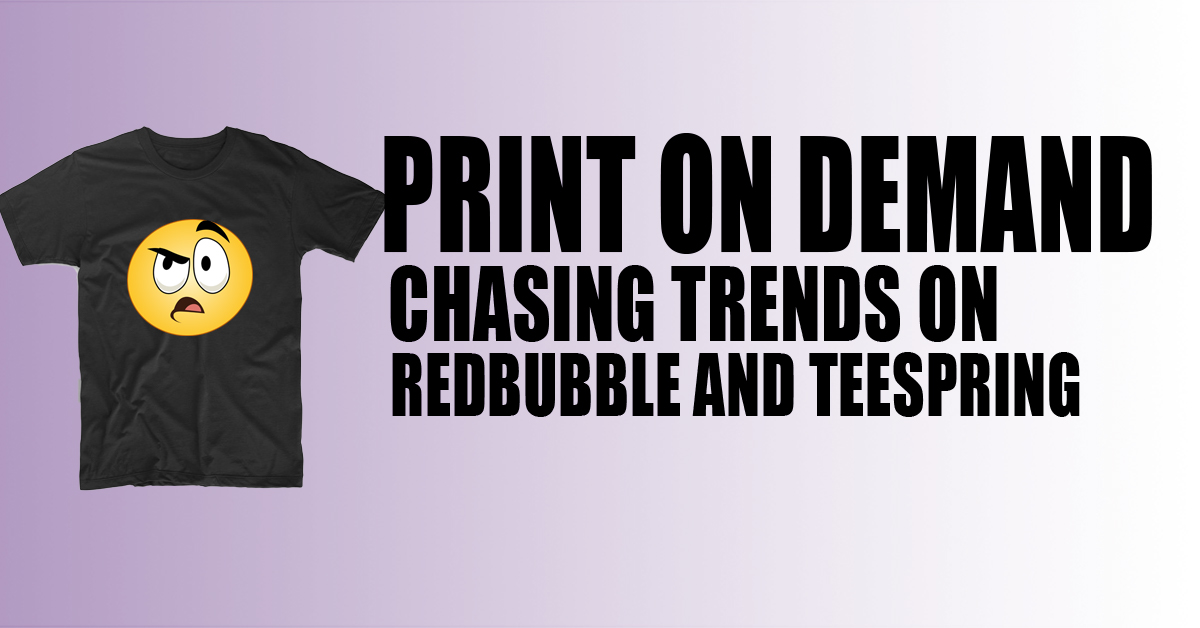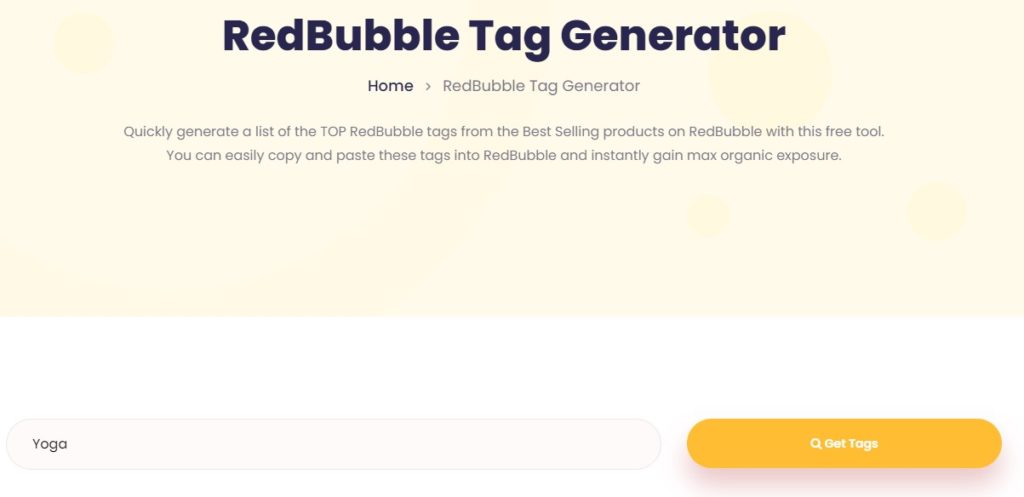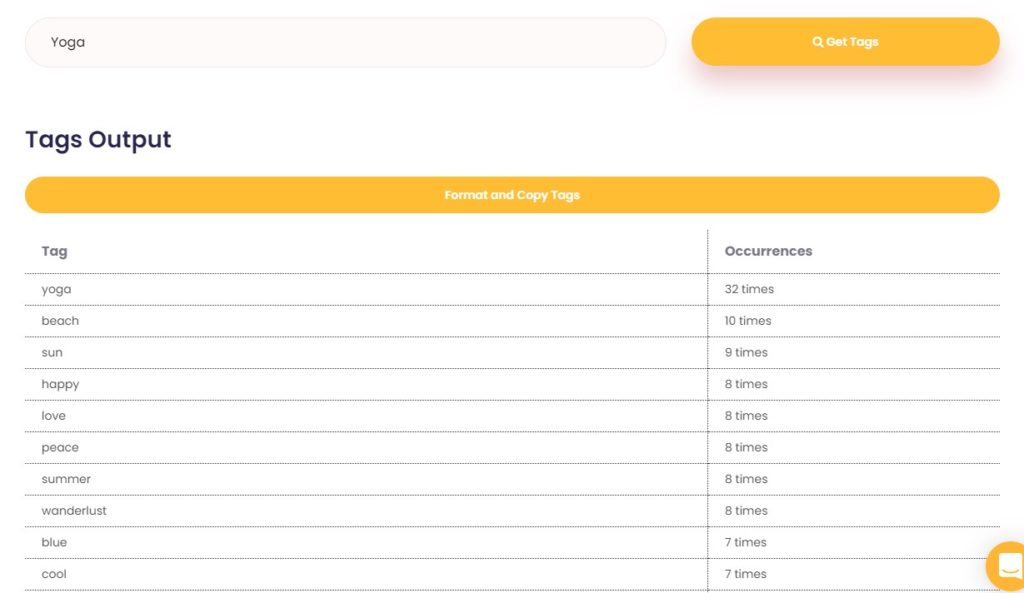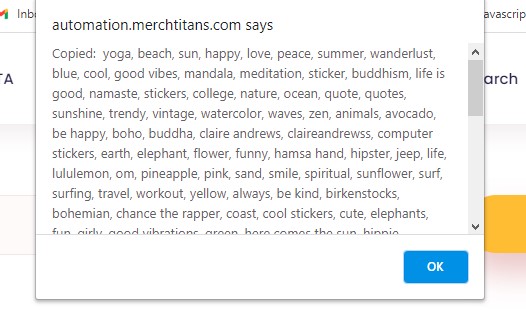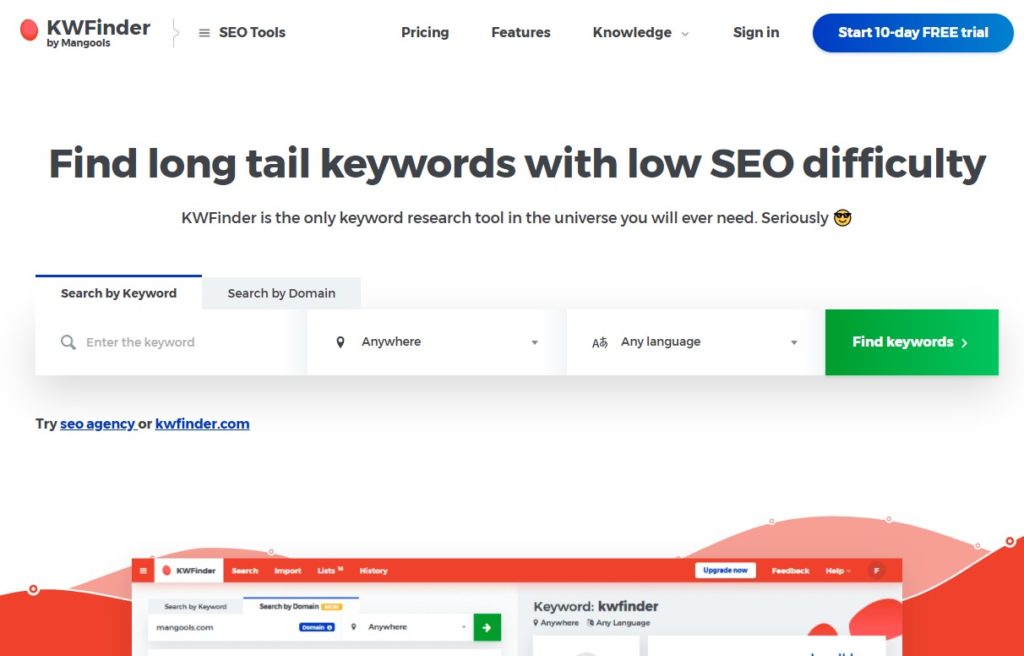Over the last few hours, thousands of users’ Redbubble accounts have been suspended. What is going on? While this is still a developing story here is what I have been able to find out so far: (This page will be updated as we find out more)
Two theories
The first working theory at this point is that Redbubble has finally decided to crack down on accounts with copyright violations or tag spamming. Cries from the Facebook and Twitter haunts for Redbubble seem to be mostly from users who “only upload their own work and never tag spam” .Amazon recently posted that they will be cracking down on designs that promote violence, infringe on copyright, and many other no-nos. Users must have their designs culled and anything that might be deemed in violation of the new rules needs to be removed by February 2nd. This information is probably the biggest reason people are thinking that Redbubble has finally decided to crack down on users who are uploading copyrighted material, stock photography, and use tag spamming to get to the front pages. The second theory is a lot less conspiracy theory-oriented – there is a bug in their review algorithm that auto bans users’ accounts when certain tags are used. No hard evidence of this has been verified at this time.
What is tag spamming?
If you post a design featuring a dog, you could use tags like dog, dogs, beagle, cute, running, etc. depending on the type of dog in your design. Users have found that if they use tags that for example have the word dog 25 times without a comma separating, they will tend to rank higher in the Redbubble pages for dog. This is cheating the system and most users knew that Redbubble would eventually catch on and the users who used this spam trick would be punished.
Where we are now
I have logged into my account successfully this morning, and I have uploaded a few designs to test the system. I don’t use or condone tag spamming so the tags I used were all relevant to the design and there were 15 of them. As of this writing, I have not received an email saying that my account was banned and I was not asked to log in again like so many have today. None of the users that I saw reporting their account being suspended said they got an email explaining why their account was banned, which seems to be common practice from Redbubble. This is the major reason I am thinking that this isn’t a clearing house or mass suspension for violates, rather just a bug in their system,. The biggest concern is that designers need to ensure that they have all their designs backed up and ready to upload and post again if the accounts can’t be recovered. You do have a good system for designs that have been posted to each PoD service right?
My recommendation is that if you don’t have to upload a design or log into your account today don’t. I would wait until tomorrow at least to ensure that the issue has been i=dentified and or resolved. I logged into mine so I could report for you guys. I’m planning to wait until Monday to get back to uploading. Take the weekend and do some good research for new designs!
We will report more on this developing story as more information becomes available.
Update 1/21/2021 @ 4:30pm MST:
Emails from Redbubble are starting to go out to those who were suspended saying accounts have been closed for violating the Redbubble user agreement. This could be tag spamming, copyright material in designs, or even the subject matter of some designs. If you are confident that your designs don’t have copyright material and you don’t tag spam, then I would review your designs to ensure that the content complies with the letter of the Redbubble user agreement that you agreed to when you signed up for your account. This is starting to look more like a cleaning of the accounts than just a glitch, but who knows. The source of the issue is anyone’s guess. Redbubble still have not posted any official comment on Twitter.
More updates on this story as they come, remember this could all just be a bug in the Redbubble servers, but the logical argument against that theory is that emails are going out about suspended accounts and if it were a catastrophic bug I would think that Redbubble would have posted by now.
At this point, your best bet if you got suspended today is to send Redbubble a nice email and ask about having your account reviewed.Good luck!
Update 01292021 @ 10:30pm:
There is still a ton of speculation from all of the internet sources but at this point, only Redbubble knows what is going on and they are remaining silent. The latest speculation is surrounding automated uploading systems. Were you banned while you were uploading using an automated system like Merch Titans? I am currently not using an automated uploader for my daily workflow, so I am interested to hear from you all about this.
As I said earlier in the day I did upload a few designs with no issues. I did them all manually so the auto uploader theory is as good as any at this point. I think I will hold off uploading until Redbubble give us an official lowdown on the situation. In the meantime, I have scrounged up some links for your information during this time.
Redbubble Account Recovery:
https://www.redbubble.com/account_recovery
Redbubble Account support,:
https://help.redbubble.com/hc/en-us/requests/new
I have had good luck emailing directly as well.:
support@redbubble.com
Content & Suspension:
https://help.redbubble.com/hc/en-us/articles/201350809
Intellectual Property Rules & Guidelines:
https://help.redbubble.com/hc/en-us/articles/211727063
User Policies:
https://help.redbubble.com/hc/en-us/articles/201761545
Hopefully, you find this information useful. Good luck out there.
Update 01/30/2021 @ 10:00 am MST
There is good news and bad news on this morning’s update of the current Redbubble account suspension avalanche. The good news is that I have received a number of transcripts from conversations between concerned artists and Redbubble customer support via chat. The situation appears to not be caused by a glitch or bug in the Redbubble system. The bad news is that Redbubble appears to be suspending accounts that violate their terms and conditions (which I have provided a link to above.). This means that if you are uploading designs that contain copyrighted material you do not have the license to use (I’m looking at you designers using Among Us and Baby Yoda), or you are a tag spammer or you are using an automated uploader system they are going to get you. If you have already violated these terms (or others) then it doesn’t matter when you log in, your account is very likely still going to get suspended.
If this all comes down to be the automated uploader system, this is going to be an interesting hit in subscribers for companies like Merch Titans. I find it interesting that many of the youtube channels that create content around and have affiliate partnerships with these automated uploaders have been surprisingly quiet for the last couple of days. Not a conspiracy theory, just an observation.
All of the transcripts I have been forwarded indicate that it is fine for artists to be submitting work as long as the designs are not violating any of the Redbubble terms and conditions. I uploaded five designs yesterday and five more today with no issue. I’m not saying that you should jump right in and start uploading because I don’t want to be responsible for your account being suspended. My advice is to evaluate your situation carefully and decide if you have used tag spamming, uploaded copyrighted designs, or used automated uploader systems before you try and continue work. I would also recommend reevaluating your workflow if you are one of the many designers who make 20 derivative versions of one design. This type of flooding does nothing for the market other than giving customers view fatigue and make them less likely to buy anything.
I will reiterate that for those of us who are not tag spammers and do not try to game the system or use copyrighted material in their designs, this mass account suspension is a good thing. There does not appear to be a glitch or bug causing accounts to be suspended randomly, this appears to be a clear effort on the part of Redbubble to suspend the accounts of those who are not working within the terms and conditions they agreed to. At the end of the day, those who worked outside of the terms, I’m sorry for your loss of time, but you knew this was coming eventually. For those who are working legitimately and not trying to game the system enjoy your increased sales.
I’ll continue to update this as more solid information comes to light.
Update February 3, 2021
First, my apologies to those who have been turning to this site for updates on the Redbubble account purges for posting this so late, My computer decided it was going to have a drive failure and have been out of commission for a few days during the rebuild process. Enough about my problems, what is going on with the Redbubble account bans and suspensions?
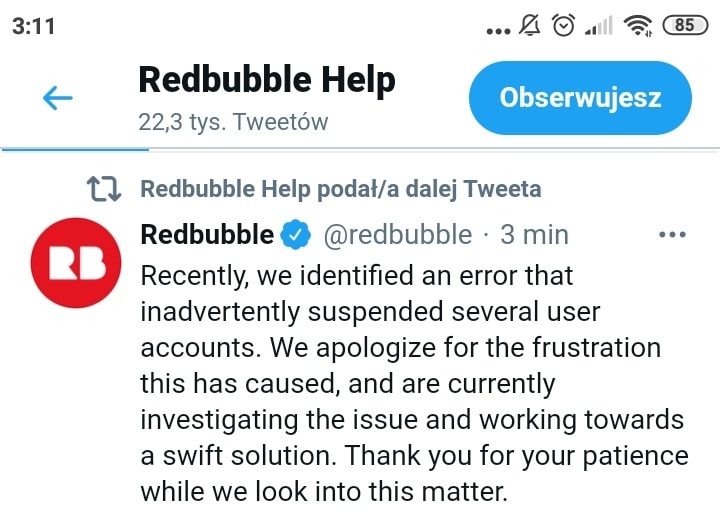
Finally!
We finally got official word from Redbubble on the suspensions. Was this a coverup for a larger purge of users? who knows but it is sure nice to see an official statement being released recognizing the problem. As of this writing, we don’t know more than Redbubble is saying it IS a server issue. So is it safe to start uploading now? I don’t know. I have been uploading through the whole time (when my computer wasn’t broken anyway) and I uploaded five designs this morning with no issues. Reading a little into the statement, it seems like everyone who has continued to upload during this time has been pressing their luck. I believe I will hold off on uploading more until I am sure that the problem has been resolved.
Good luck out there! and keep the news coming!
Update 02/05/2021 @ 8:00am MST
I have had many reports of Redbubble banning accounts again this morning. I honestly thought we were getting past this situation. Over the last couple of days, many users that had their accounts suspended have had their accounts reinstated. Unfortunately, the bulk of these users were banned again once they were brave enough to upload a new design. At this point, things are honestly getting frustrating. I’m happy that we finally got some official word from Redbubble on the situation but it is difficult not to read a bit of nefarious intent from Redbubble into the situation. Don’t get me wrong, those who illegally use copyrighted material in their designs should be held accountable and their accounts should be suspended. The way Redbubble seems to be going about this could be better. At this point, I am recommending that users wait to upload new designs until Monday to see if we get another official statement. I have been (and continue to) upload new designs throughout this whole situation. I feel it is important for me to have first0hand knowledge if I am going to be reporting this situation to you, my readers.
If anything of note happens this weekend I will update otherwise expect a new update on the evolving situation Monday morning MST.
In the meantime, work on some new designs and good luck out there!



